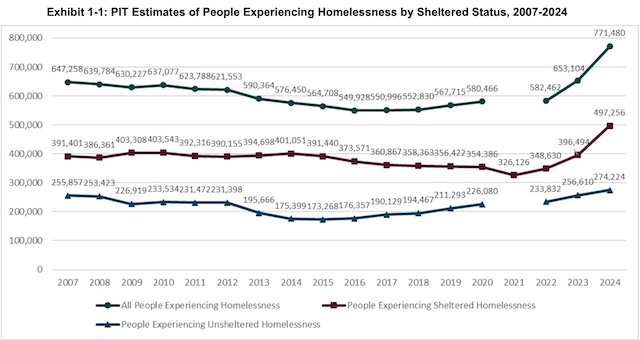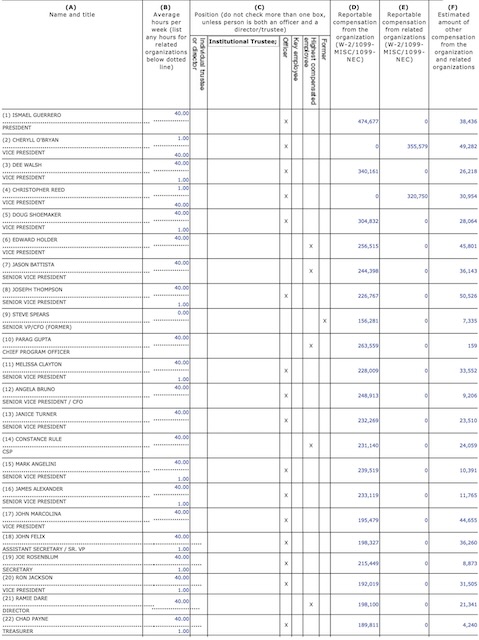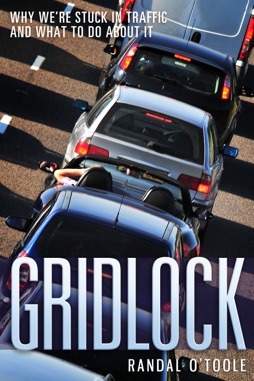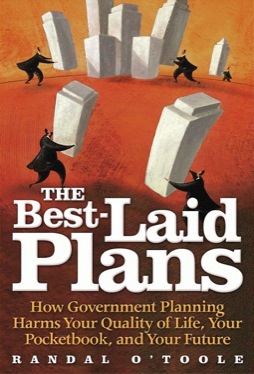Los Angeles city and regional planners are just as responsible for the Palisades, Eaton, and other fires that have burned in the past few days as if they had poured gasoline on the homes and lit the matches. The destruction of these homes, including, for what it is worth, homes owned by Jeff Bridges, Billy Crystal, and Paris Hilton, among other celebrities, is a direct result of so-called “smart-growth” policies that call for establishing greenbelts around cities and packing people in high-density housing within those cities.
Pacific Palisades is on the edge of the Santa Monica Mountains, most of which have been locked up from development in various regional parks, including 72,000 acres protected by the Santa Monica Conservancy, 157,700 acres in the Santa Monica National Recreation Area, and various smaller parks. These have severely limited the amount of land available for housing and other developments, driving up housing prices. Continue reading













